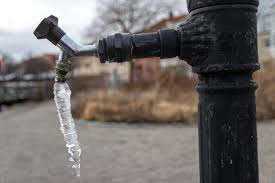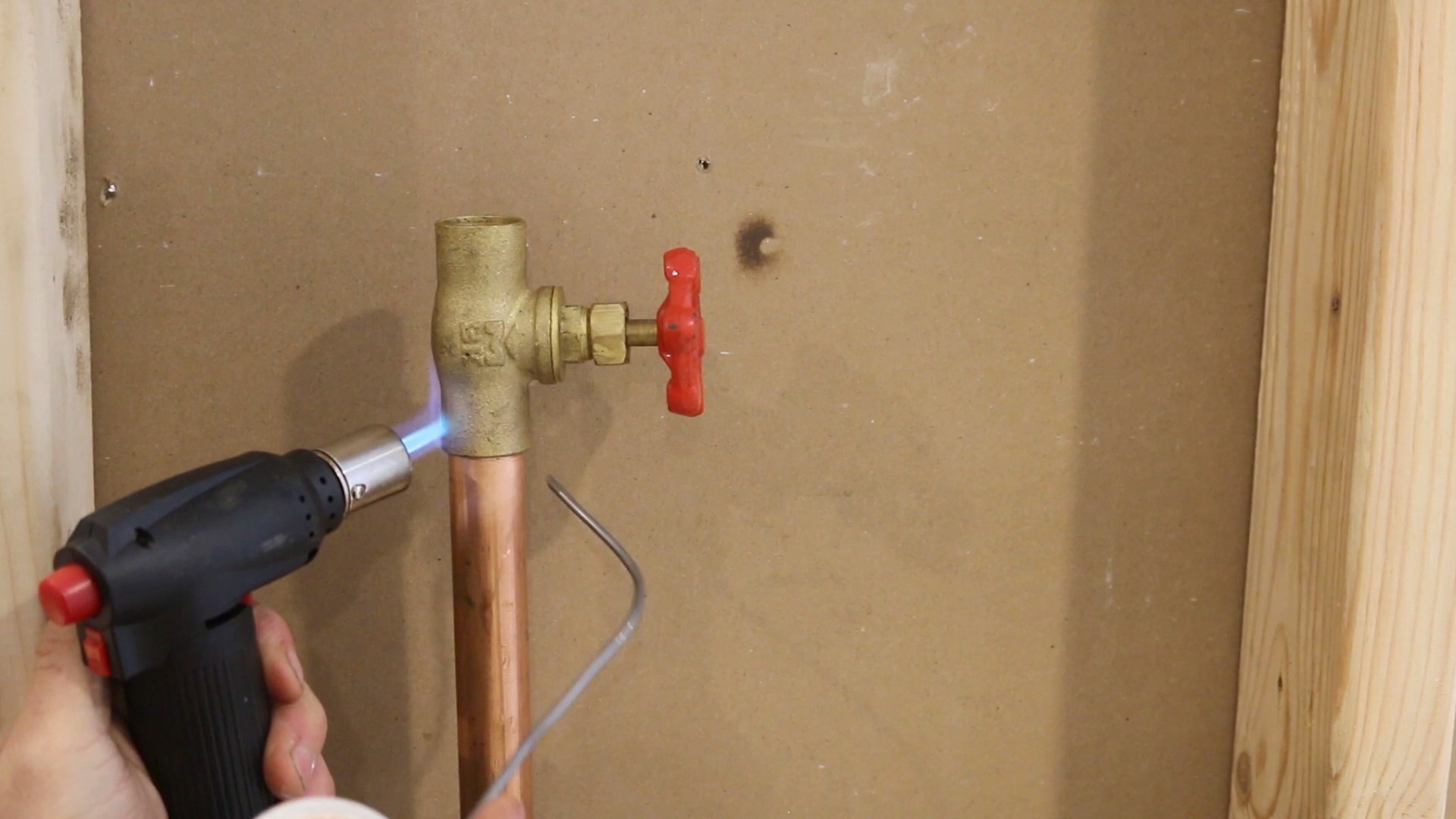What are your beliefs on How to Prevent Frozen Pipes?

All property owners who live in warm climates should do their finest to winterize their pipes. Failure to do so can lead to disaster like frozen, split, or burst pipes.
Switch on the Faucets
When the temperature decreases and also it seems as if the cold temperature level will certainly last, it will help to activate your water both inside your home and also outdoors. This will maintain the water streaming via your plumbing systems. On top of that, the motion will certainly decrease the freezing procedure. Notably, there's no demand to turn it on full blast. You'll end up wasting gallons of water by doing this. Instead, aim for concerning 5 drops per minute.
Open Cabinet Doors Hiding Plumbing
When it's chilly outside, it would be handy to open cupboard doors that are camouflaging your pipes. Doing this little trick can maintain your pipes cozy and restrict the potentially hazardous end results of freezing temperatures.
Require Time to Cover Exposed Piping
One cool as well as very easy hack to heat up icy pipelines is to cover them with warm towels. You can cover them first with towels. After protecting them in place, you can pour boiling water on the towels. Do it slowly to let the towels take in the liquid. You can also make use of pre-soaked towels in hot water, simply do not fail to remember to put on safety gloves to safeguard your hands from the warmth.
Try a Hair Clothes Dryer or Warm Gun
When your pipelines are almost freezing, your reliable hair clothes dryer or warmth gun is a godsend. If the warm towels do not assist dislodge any kind of resolving ice in your pipelines, bowling warm air directly right into them might assist. You might end up destructive your pipes while attempting to melt the ice.
When Pipelines are Frozen, close Off Water
If you observe that your pipelines are entirely icy or almost nearing that stage, turn off the primary water shutoff quickly. You will usually find this in your basement or utility room near the heater or the front wall closest to the street. Turn it off right now to avoid further damage.
Don't neglect to shut exterior water resources, also, such as your connection for the yard home. Doing this will protect against extra water from filling up your plumbing system. With more water, more ice will load up, which will ultimately lead to break pipes. If you are unclear about the state of your pipelines this wintertime, it is best to call an expert plumber for an evaluation. Taking this proactive method can conserve you hundreds of bucks in repairs.
All property owners who live in pleasant environments need to do their finest to winterize their pipes. Failure to do so can spell disaster like icy, split, or burst pipelines. If the warm towels do not help dislodge any kind of resolving ice in your pipes, bowling hot air straight into them might assist. Transform off the primary water shutoff quickly if you discover that your pipes are entirely icy or practically nearing that phase. With even more water, even more ice will certainly stack up, which will at some point lead to rupture pipelines.
PREVENT YOUR PIPES FROM FREEZING THIS WINTER
A Leading Cause of Property Damage
When the weather is taking a deep nose dive into the cold dreary days, the risk of your pipes freezing and potentially bursting skyrockets. Unfortunately, during these cold dreary months, burst pipes are the most common denominator for property damage. The pipes that are most at the risk are those that are in areas where it is most cold in your home. For instance, pipes located in interior places such as basements, attics, and your garage. Unfortunately, that doesn’t mean that the pipes running through your cabinets or exterior walls can’t freeze. Good news, however, is that you can do things to help prevent pipes from freezing.
How to Prevent Pipes From Freezing
Once the temperature starts to drop during the winter, you should be taking the proper measures needed to ensure that your pipes stay warm and that there is circulation of water through them. Some steps that experts may recommend could go against your better judgement when it comes to saving water and heat. However, it would go without saying that when expenses are compared, damaged pipes could put a bigger dent in your wallet than a water bill.
What Can I Do?
Keep your garage door closed. This is very important, especially if you have water supply lines running through your garage. Open your kitchen and bathroom cabinets to allow warm air to circulate through them. Allow air circulation throughout your home. Keeping the interior doors open will once again allow the warm air to circulate inside your home. Ensure your thermostat is running the same temperature throughout the night and day. If you plan to be away from home during the cold months, set your temperature no lower than 55° F. This should provide enough heat to keep the pipes warm and prevent any remaining water inside the pipes from freezing. For more of a long-term solution, add insulation to attics, basement, and other crawl spaces around your home. By allowing your faucet to drip, it will alleviate pressure in the system. This is important because the pressure that is created between the blockage and the faucet can potentially cause the pipes to burst. Allowing the faucet to drip will prevent the pressure from building up, therefore keeping the pipes from bursting. Seal any cracks, openings, and crawl spaces around your home to prevent cold air from coming inside. This keeps your pipes-not to mention your home-warmer and less susceptible to issues caused by freezing temperatures. For the pipes in your home that are easily accessible, applying electrical tape to them might prevent them from freezing over. This is a quick fix, as you can apply the tape directly to the pipe. There are two options for heating tapes. One turns on and off by itself when it senses heat is needed. The other type of heating tape needs to be applied when heat is needed and removed when not necessary. If you have exposed pipes in your home, you can check this website to take a look at a few options that would be available at a shop near you.

I stumbled upon that entry on Winterizing Your Pipes when browsing the internet. Appreciated our blog? Please share it. Let other people discover it. I am grateful for your time. Please visit our site back soon.
Professional touch for plumbing woes.